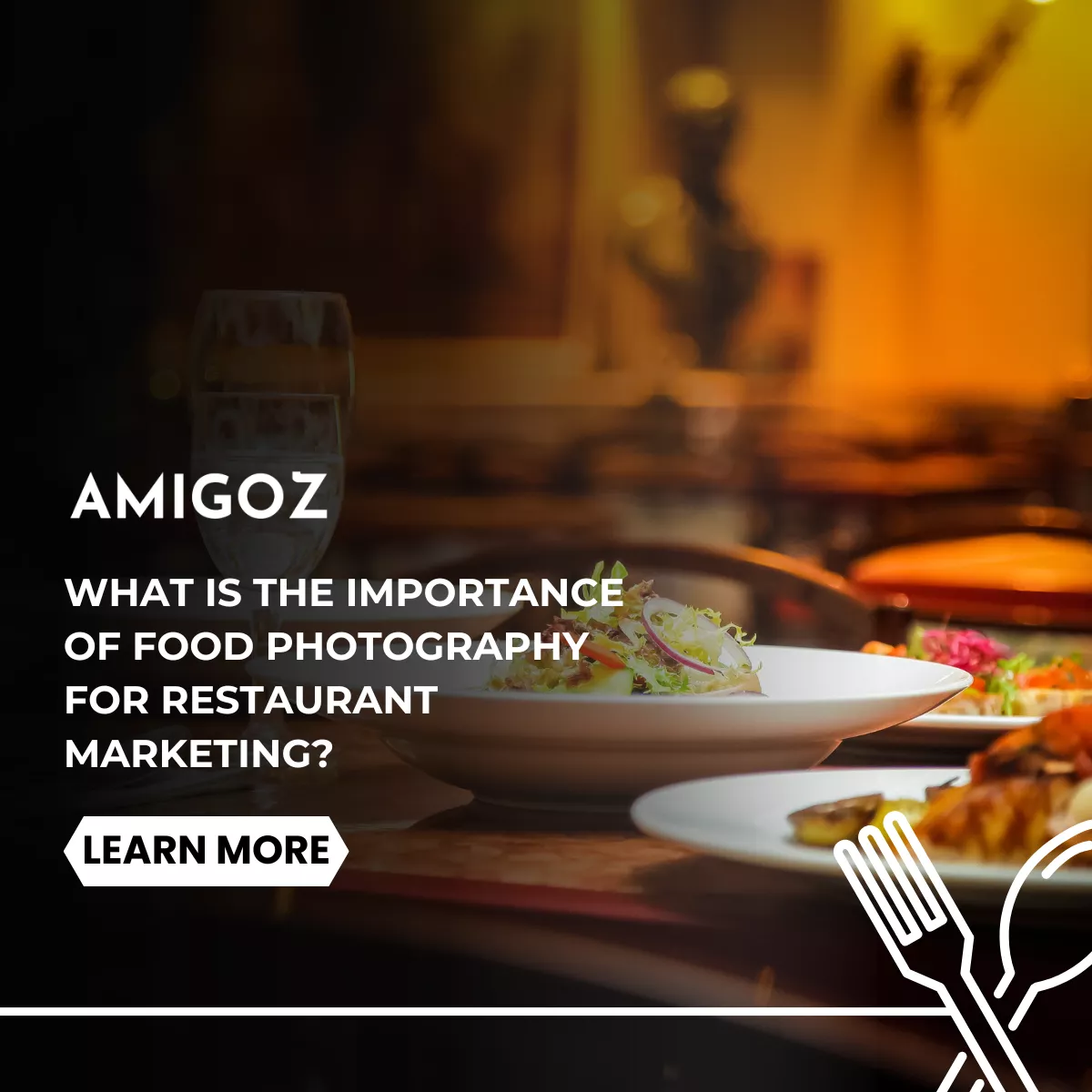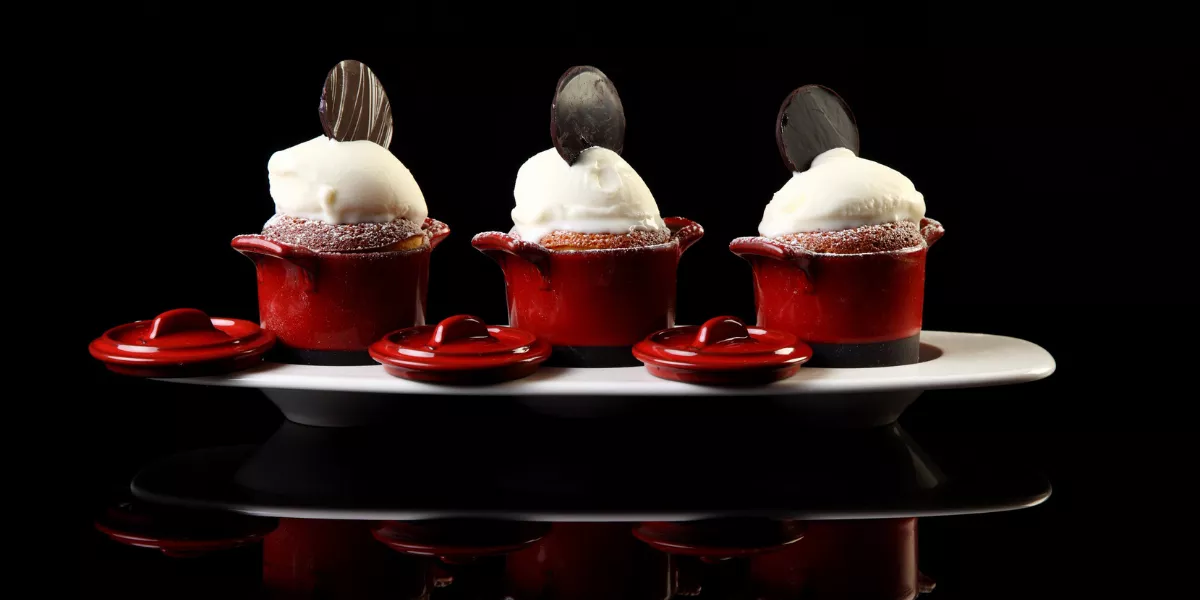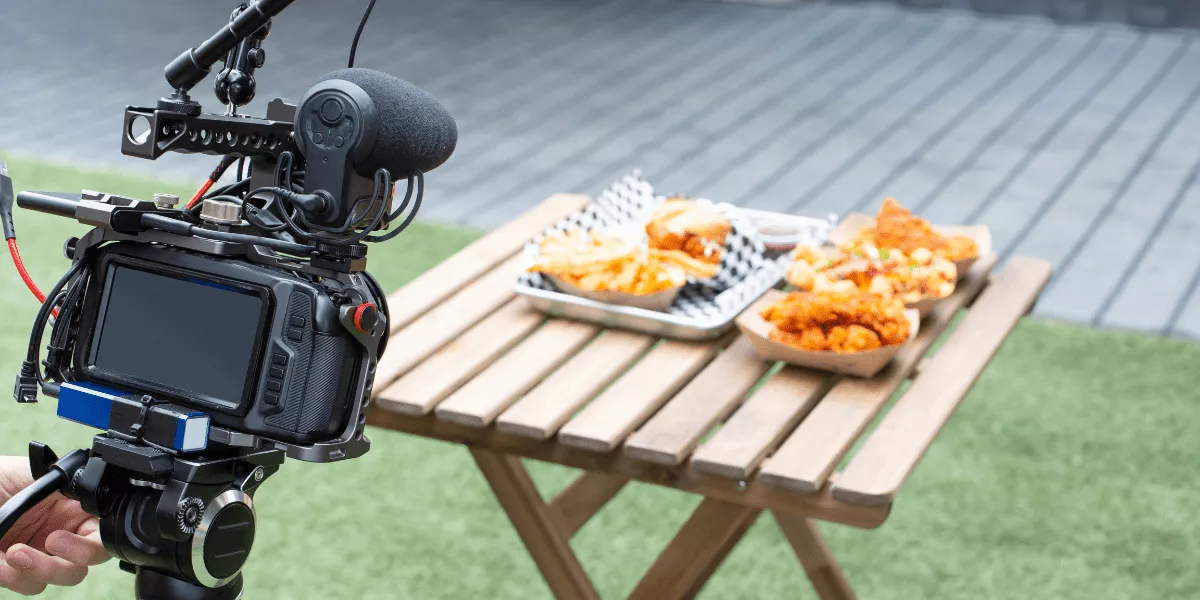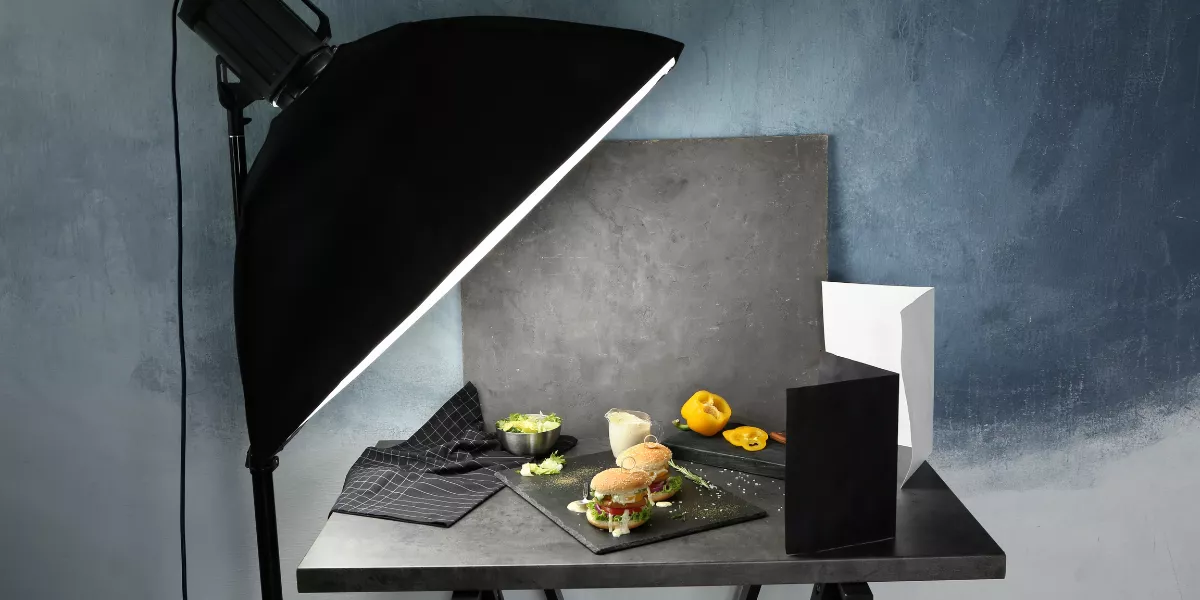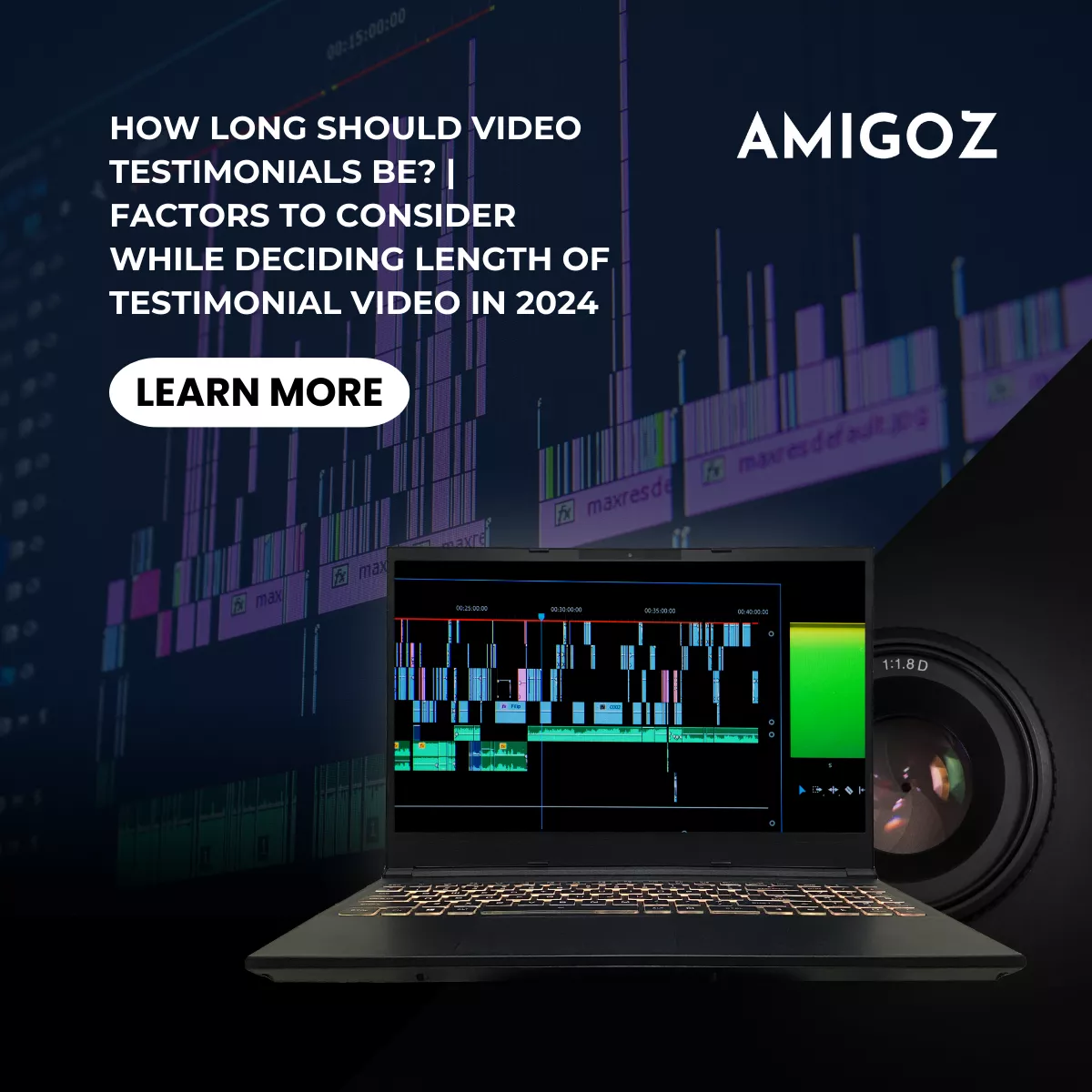When words fail, photography steps in. The visual appeal of food is undeniable. Food is something that people like to look at, and with social media, food bloggers, and reviewers, restaurants need to step up their food presentation. From marketing a new product to making people come to your restaurant or to try out a new recipe, food photography is crucial.
Food Photography is a kind of photography that is aimed at taking tasty, beautiful, and appetizing pictures of food. It is used in cookbooks, restaurant menus, and food blogs to showcase delicious dishes and inspire people to try new foods. In this blog post, we will discuss what is the importance of food photography and what is the role of food photography in the establishment of a restaurant’s brand identity. So let’s start:
Why is Food Presentation through Visuals Essential for Restaurant Marketing?
In a world where 82% of people make purchasing decisions after viewing images. This implies that restaurants that implemented photo-based menu items experienced a 25% increase in their conversion rates. The significance of food photography is illustrated by the following points:
Quality Photos Boost Sales
A well-captured photograph can make a difference in sales greatly. For instance, a well-focused, high-resolution picture of a delicious burger with perfectly cooked meat will attract the attention of customers and make them place an order.
In contrast, a poorly taken photo, even of the same burger, will discourage people from showing interest due to bad composition, lighting, or angle. Incorporation of professional images of foods is especially important because it will automatically attract the attention of the customers and influence their choices.
Research proves that customers are more likely to order from photo menus than those containing only text by 25%. A menu without any pictures is boring and unappetizing, while attractive images of the dishes make customers more inclined to order from your menu and increase your overall sales.
Invites New Customers
Food photography should be realistic, drawing the audience in every aspect of the photo. Invest time in incorporating small details into each shot, such as preparing a meal, adding a napkin, or pouring a drink, to create a final scene that appears ready for consumption.
The aim is to make the viewers imagine themselves diving into the good food. Proper arrangement of the food and correct illumination can make an unremarkable dish look like a piece of paradise.
Creates a Lasting First Impression
High-quality food and professional photos are crucial for creating a good first impression of your business to potential customers. The reason why it is effective to use appealing images is that in the current world, customers are normally over-flooded with options and hence the images stand out.
If the dishes are styled attractively, the interest is not only aroused but the customers are encouraged to look at the menu and order. This first impression is vital as it may lead to more customers passing through the doors or ordering online, making food photography a fundamental marketing strategy for persuading new customers to come in and try the foods.
Builds Trust and Credibility
In today’s competitive dining landscape, trust is the most important factor for a restaurant’s success as it helps to retain customers. The proverb “What you see is what you get” highlights the significance of transparency in food photography.
Professional food photography from a reputable firm ensures that your dishes are accurately represented, eliminating surprises that can lead to customer disappointment. This is because posting quality pictures on the restaurant’s website and menu creates trust, and satisfied customers are more likely to return to a restaurant again.
Evokes Emotional Responses
Food photography has a special feature to stimulate emotion, and the most common response is hunger for a tasty meal. Eye-popping pictures of delicious food can make customers hungry, which makes them order food online, book a table at the restaurant, or come to the restaurant.
Professional photos depict what is on the plate and allow a viewer to imagine the experience of tasting the food. Every time you arrange food attractively and desirably, not only will you make people want to buy the food at that moment, but you will also remind them of that particular food every time they go back to the store.
Boost online presence and SEO
Getting good quality photos of your food can thus be very useful in helping you rank your restaurant higher on Google. It is important for SEO for two reasons.
First, photos make content more attractive, and thus, more clickable, which means that more people will visit your website. The higher the traffic generates higher the ranking on search engine results. Secondly, adding keyword-rich alternative text to your food images may also help increase your site’s visibility.
Search engines can index these optimized pictures, making them easy to discover. The use of eye-pleasing pictures and SEO optimization in online marketing results in more traffic on the website and the flow of potential buyers.
Shape Brand identity
Food photography is a perfect opportunity to control how the world perceives your restaurant by determining what to show and what image you put out to the world. Professional food photos can go a long way in establishing the identity of the brand.
The goal is to make potential clients identify you with professional photographs that impress people and incite them to order. Professional food photography helps you stand out from your competitors. If your restaurant is elegant and refined, then it is important to hire a professional food photographer to ensure that the pictures are up to the mark.
One-stop Solution for All Marketing Needs
Food photography is a type of visual storytelling. It’s not just about aesthetics, it’s about communication and creating an image of your restaurant. Every detail from light to location, contributes to building the brand’s image and eliciting an emotional response in your audience. A strong image not only creates the impulse to order and book but also reinforces your brand’s message.
Beyond branding, professional food photography is a one-stop solution for all your marketing needs in a market with tough competition. A single investment in high-quality photography from a reputable firm has the potential to elevate your entire marketing strategy, making it an essential asset for any restaurant.
Types of Food Photography
Product Photography or Packshots
Packshots or product photography is a subgenre of photography that is more specialized and focuses on product photography most commonly associated with the food business. In food photography, props and backgrounds may be included to meet some design objectives so these images are used in restaurant websites, media, and promotional items to attract consumers.
These are well-photographed images in a studio environment and as such, the product is lit professionally, the details properly focused and the final images tweaked. The last pictures have no background and can be used in webshops, catalogs, and packaging design layouts.
Advertising
Advertising photography is intended for use in banners, catalogs, billboards, online ads, Instagram and Facebook promotions, etc. The photographers work hand in hand with an expert art director as well as the client to meet the creative brief. In smaller projects, the photographer might be expected to come up with a creative idea for the shoot.
Like packshots, advertising photography is also under commercial food photography that is used in virtual advertisements, fliers, newspapers, magazines, catalogs, and billboards. The kind of photography used here is innovative to ensure that products are captured in interesting ways to appeal to possible customers.
Editorial
Editorial photography is more about portraying a mood. It tells a story. It is applied to different purposes, such as accompanying recipes in cookery magazines, books, and social media posts that create the desire to eat. The success of this kind of photography is based on the combination of food styling, props, lighting, and composition to make even recalcitrant dishes look inviting.
It is also employed to convey a mood or tell a story, mostly through the pointing out of the processes, or environments, that touch on the foods. For instance, placing foods such as a cutting board with foods that are prepared for cooking the foods or a desk arranged with tea and utensils will make the beauty of the foods or drinks portrayed appealing to the audience.
Product in Mood
A product that is placed in a basket or on a chopping board, and wrapped with some fresh fruits beside it. All of them represent a mood, but none of them is processed in a recipe. For instance, a jar can be presented together with fresh strawberries to prove that it is made of fruits. A tea box can be placed beside a cup of steaming tea and some empty cups in the background to say, “Let’s have tea with friends”.
Recipe
Processed products that are used in a recipe are taken in a photo for magazine use. This type of photography is present in cookbooks, homepages of websites or menu which makes it a popular choice for food photography lovers, amateurs, and bloggers. It is the kind of food imagery that many of us encounter daily in our everyday existence.
Lifestyle
Lifestyle photography is a universe on its own. The variety is to demonstrate to the audience how the clicked products are used by consumers every day, using the images and models, as well as their products. These types of photographs we have all seen in advertisements, catalogs, and hoardings.
Lifestyle food photographs are taken to make it easier for the viewer to make a choice by seeing others use the product being advertised and relish it. As a result, the product is no longer confined to remaining the focus of highlight but rather becomes the focus of the story that models and actors used in the clicks portray.
Documentary
News or documentary photographs are still of an actual real-life scene. It is not posed, but rather taken at a given time, and capturing that kind of image is a challenge.
Real-life food photography is the kind of food photography where real pictures of customers using the product are used to portray the authenticity of the brand. Mainly, food documentary photographs are a sequence of pictures compiled to describe the process of preparing the food product and the background of the ingredients used.
Tips for Professional Food Photography
Use Natural Light: The best method of enhancing food photography is by using natural light. It produces better and more appealing shades of color than the indoor lighting that gives an orange cast. Use diffused light from the sun since its shadows contribute more to the aesthetic and appealing food look.
Use the Camera You Have: Begin taking pictures with any camera you have, it may be the one in your smartphone or a simple point-and-shoot camera. New mobile cameras are quite capable of producing good pictures while you are learning about lighting techniques and positioning.
Know Your Angles: The three positions used in food photography are table height for tall or thick foods, three-fourths for foods served in bowls or platters such as pasta, and the overhead position for flat lays. All the angles have their uses in presenting the texture and depth of the food being featured.
The Rule of Thirds: When shooting, align objects of interest along the gridlines of the Rule of Thirds, or at the four intersecting points. This is a good rule of thumb, but as you begin to establish your style, it is perfectly okay to bend the rules.
Use the Colour Wheel: Playing with the shades of your images, you can achieve nice results by using colors that are located opposite each other in the color circle.Try to find various color schemes to bring energy to your shots.
Use Props: As we can see, being a stage, props and backdrops are used to contribute to the atmosphere and tell a certain narrative. A wooden background or an old spoon can make your food photos warm, which means viewers will feel the warmth when looking at your pictures.
Find Your Style: It doesn’t matter if you want your product to be dark and gloomy or bright and cheerful, try different styles and see what works best for you. Never be afraid to be non-conformist and create your kind of approach to what you do.
Why Food Photography is Important: In a Nutshell
Food photography is a creativity. Just a few of the mouth-watering images of food can go a long way in promoting your restaurant’s brand, and the effect is massive. Professional food photography is the main way to reveal the beauty and quality of your dishes to the public and take your business to the next level in a highly competitive and visually orientated world.
Since there are so many other good restaurants that offer great food, what will set yours apart? It is in the way you present your food. Captivating food images not only promote your delicious meals but also convey the spirit of your eating place and make you distinguish from others to attract more diners to your restaurant.
Showcase Your Culinary Delights with Amigoz
In a world where first impressions are everything, professional food photography for your restaurant or food business will do wonders. Stunning and appealing images improve your menu, grab customers’ attention, and increase sales. If you want to elevate your food presentation, Amigoz is here to help! Our creative photography services will help you to take mouthwatering photographs that will emphasize the aesthetics of your meals.
This expertise guarantees that every shot looks incredible and has meaning to convey a message that would make your audience want to savor your culinary creations. Are you now prepared to change how your food is showcased? Contact us today to book your food photography session and let us help you make a lasting impression.
FAQs
Q. Why is it important for restaurants to have good pictures of food?
A. Good food photos instantly grab attention and make the dishes look delicious. When it comes to food, a good image can speak to the customers’ appetite, making them want to taste the dish and visit the restaurant.
Q. Is it possible that food photography influences customers’ decisions?
A. Of course, when people notice some delicious-looking food, they can immediately start to feel hungry. If a dish looks appetizing in a photo, the customers are more likely to want to try the dish and choose that restaurant.
Q. On which platforms should food photos be used for marketing by restaurants?
A. Restaurants should use food photos on the restaurant’s website, social media pages including Instagram and Facebook, and in food delivery apps. These platforms rely heavily on visuals to catch customer’s attention.

